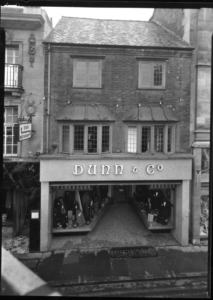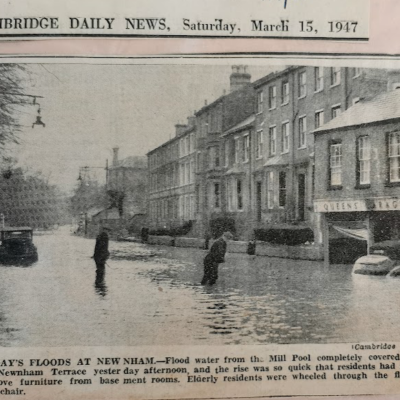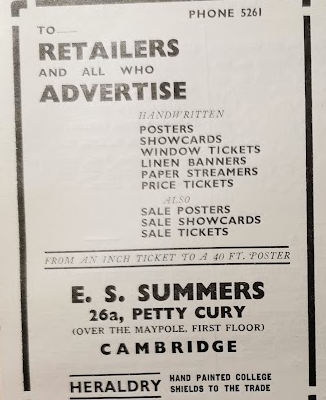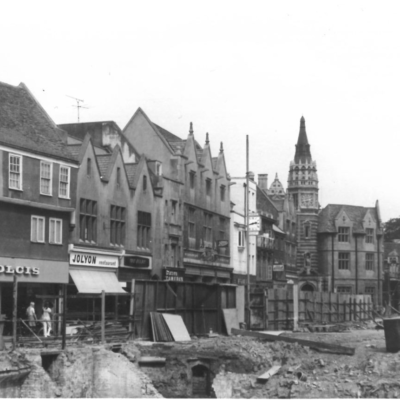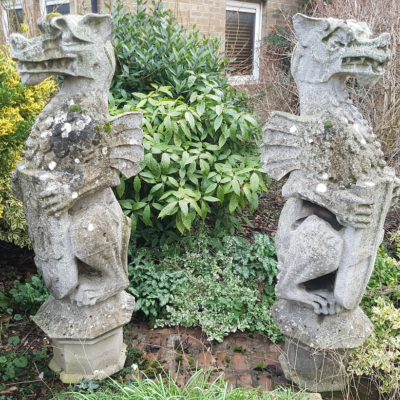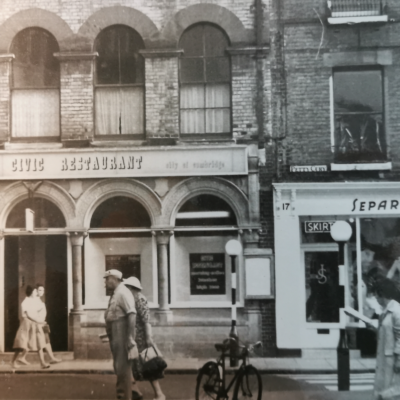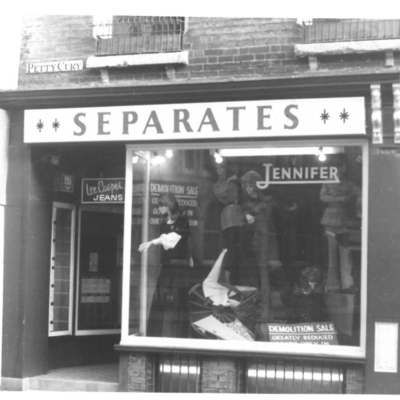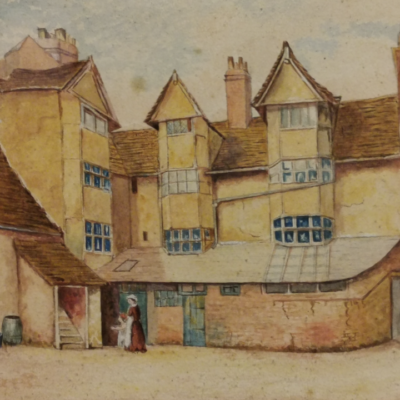Search by topic
- archaeology
- Building of Local Interest
- charity
- church
- crime
- dressmaker
- fire
- Great Eastern Railway
- Listed building
- Mapping Relief
- medieval
- oral history
- poverty
- Public House
- Rattee & Kett
- Religious House
- Roman
- scholar
- school
- Then and Now
- tudor
- women
- work
- world war one
- world war two
Search by text
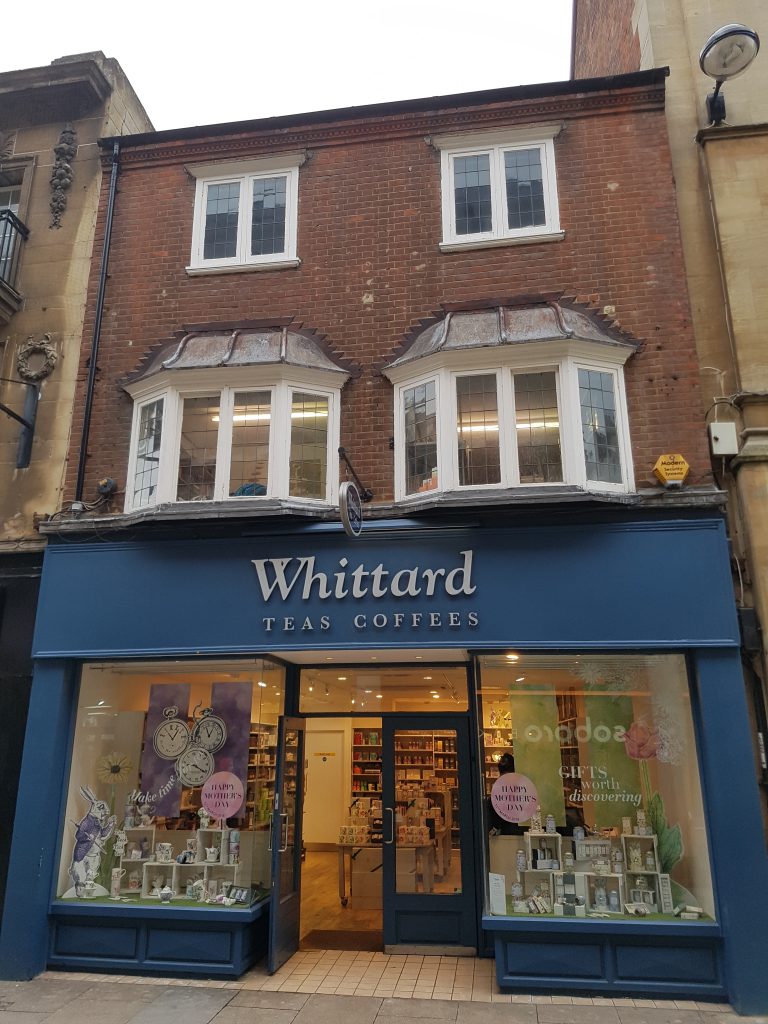
24 Petty Cury
History of 24 Petty Cury
1841
William Helverson [?], 29, cab maker
Charlotte, 3
Rebecca Saunders, 20, servant
1851
Henry Kent, 35, hooller [?] 1 man, b Berks
Ann, 45, milliner 8 females, b Suffolk
Elizabeth Ind, stepdaughter, 22, assistant milliner, b Cambridge
Ann Peachey, 27, assistant milliner, b Norfolk
1861
John Harlow, 43, woollen draper clothier, b Asby de la Zouche
Elizabeth, 56, b Warwicks
Elizabeth Whittle, 81, widower, b Warwicks
1871
Edwin H Rhodes, 24, shopman boot shop, b London
Mary A, 24, London
Emily M, 1, b London
Edith M, 1, b London
1881
William Hamilton, 62, boot and shoe warehouseman, b Ireland
Alice, 58, b Ireland
Eliza, 21, b Bucks
Robert, brother, 59, late superintendant of police, b Ireland
Frederick W Seaton, grandson, 4, b Middlesex
Elizabeth Pritchard, 17, servant, b Surrey
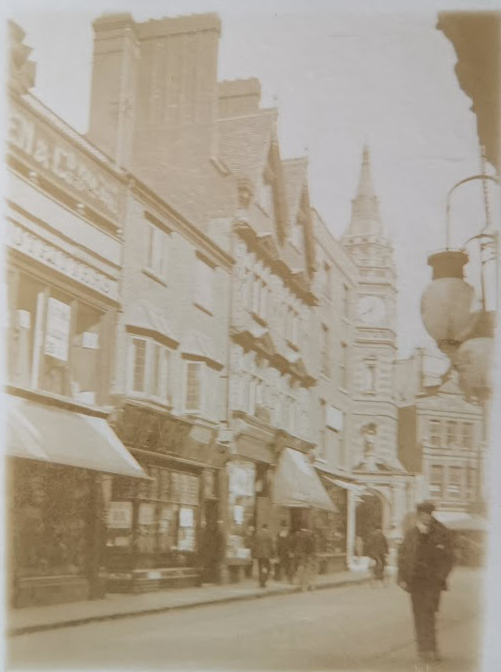
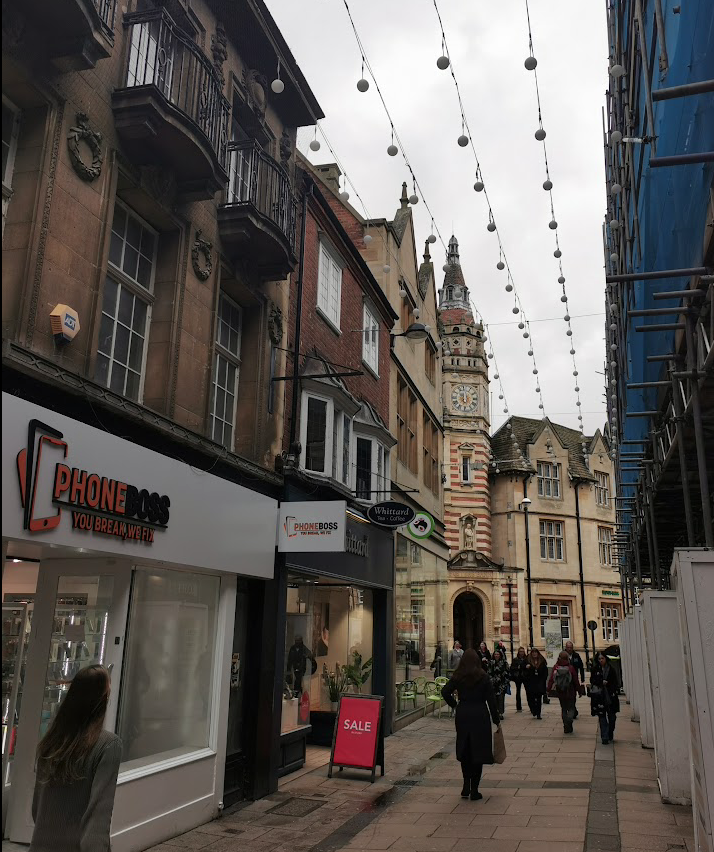
1891
Alice Howell, widow, 32, book seller, b Essex
Francis V, 9, b Somerset
Emma Mallyon, 19, servant, b Cambs
1901 building works
1913
Home and Colonial Tea Stores
William Joseph Taylor, solicitor
George P Banyard, architect
[Banyard worked on the University Arms Hotel and designed Mackays]
S J Stevenson
W P Steen
1962
Home & Colonial Stores, provisioners
1970
Dunn & Co, tailors
2018
Whittard teas coffees
Contribute
Do you have any information about the people or places in this article? If so, then please let us know using the Contact page or by emailing capturingcambridge@
License
This work is licensed under CC BY-NC-SA 4.0






